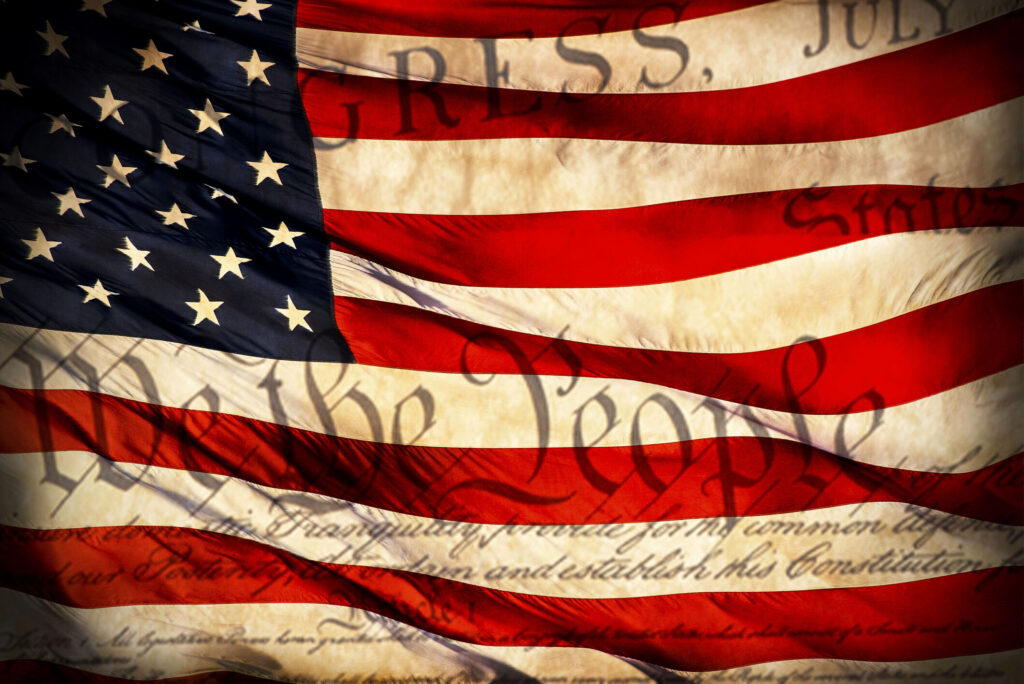Can Denver’s 16th Street be saved?


On a recent weekend, I ventured down to the new and improved 16th Street — not to be confused with the old 16th Street Mall — to see the revamped area. With various parts of the pedestrian mall being closed for construction and repairs over the past few years, I was excited to see the completed construction based on the hype and news accounts.
What I found was somewhat underwhelming. The new pavers, the addition of a few novel public spaces, and several pieces of fresh art have brightened up the area and made it more visually appealing. But overall, there is little real difference and, more importantly, a lack of vibrancy to the area.
What I didn’t see was probably more disconcerting. I saw relatively few people walking on the mall, and many of those were not people who would be viewed as possible customers for the businesses there but rather people hanging out. In looking into several restaurants and bars, there appeared to be only a limited number of people enjoying them. In regard to other businesses on the street, there was a hodgepodge of stores, few of which would qualify as anchors or some sort of major attractions for shoppers. Even more alarming was the high number of empty storefronts.
This is a far cry from when the 16th Street Mall was opened in 1982 with a great deal of fanfare, excitement, and even national attention. I.M. Pei, one of the most acclaimed architects in the world at that time, had been retained to design it. The result was an innovative and attractive one mile stretch covering several downtown blocks that would be devoid of vehicles with the exception of shuttle buses that people could freely ride along the corridor. At that time there were a number of major stores including May D and F, Neusteters, Denver Dry Goods, and others along the mall. For visitors it was viewed as a must see especially at Christmas time. While many of those stores closed, other businesses over time replaced them and the area remained vibrant for many years both during the week and on the weekends.
Unfortunately, the mall has fallen on hard times. There have been many reasons offered for the downturn in the downtown area and particularly 16th St. A primary cause cited was the COVID pandemic, which led to many downtown employees working remotely with businesses reducing their presence or even closing offices in the downtown area — leading to office towers sitting half empty. Restaurants found themselves with high lease payments while being only able to seat half as many customers due to distancing requirements. Some tried to fill the gap by offering take-out to customers. Many of the brick-and-mortar stores on the mall found that their customers, due to an abundance of caution over COVID, switched to on-line purchases for almost everything that they bought and used. Many of the civic events hosted in the downtown area were canceled or greatly scaled back.
An additional reason that has adversely affected the mall has been the lengthy closure for reconstruction, which came on the heels of COVID. This compounded problems for businesses on the mall seeking to rebound. The endless construction dissuaded many people from visiting the mall, leading to some of the remaining businesses, like Starbucks and McDonald’s, which are ubiquitous in downtown areas, closing.
While 16th Street is struggling, other business centers in the city such as Cherry Creek, Highlands, and Riverfront have recovered and in many cases are doing better than prior to COVID.
The problems and challenges for 16th Street run deeper than other areas. Unfortunately, it’s become a mirror of the other problems that have afflicted Denver over the past several years. The issues such as homelessness, public safety, cleanliness of the area, open drug use, and others have been more evident and visible there.
The image of 16th Street was further tarnished in the eyes of the public and business in the wake of demonstrations over the tragic death of George Floyd. Unfortunately a limited number of people took advantage of the situation and caused turmoil on the mall, breaking windows and looting several stores with little intervention by the police to stop it. This memory remains fixed in some people’s minds as well businesses that the city hopes to encourage to come back.
For the mayor’s part, he has been working hard to turn around both the look of 16th Street and its image in an effort to restore the vibrancy of this area. He and Downtown Denver Inc have sought to provide a new and fresh image for the mall which included a rebranding of it. The mayor has cleared out homeless encampments from the city core and stationed more police in the downtown area and on 16th Street to give visitors a greater sense of security, and he has sought to bring more events to downtown toward attracting more visitors.
While the mayor and downtown businesses are to be commended for their efforts, bringing back 16th Street will take more than new pavers, artwork, and periodic weekend events. It will involve restoring the trust and faith of the public as well as current and potential businesses. Safety is more than merely having police on the mall, it’s a general feeling that you are secure when walking down the mall and one where businesses can count on law enforcement.
Finally, it will take time, patience, and additional investment on the part of the city to restore this iconic street, which was once the crown jewel of downtown.
Greg Fulton holds a masters degree in urban and regional planning from the University of Colorado, He currently serves as the president of the Colorado Motor Carriers Association, which represents over 600 companies directly involved in, or affiliated with trucking in Colorado.















